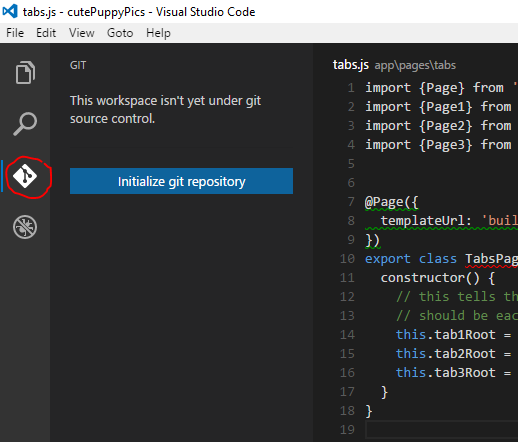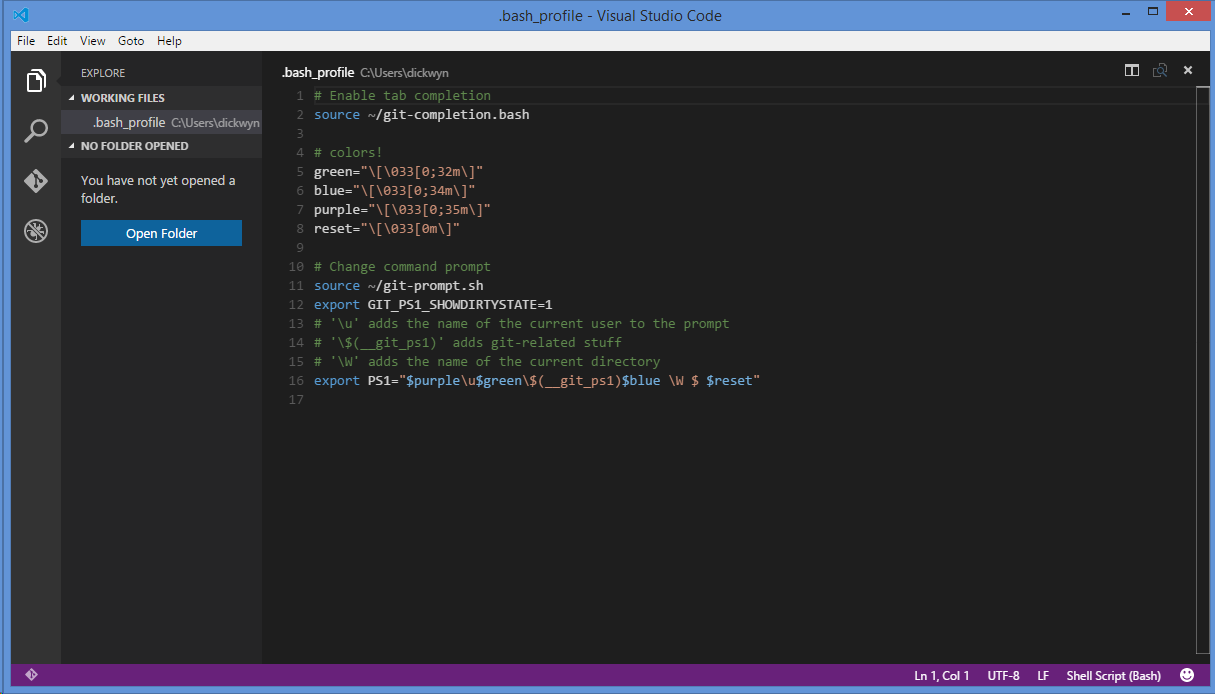


I’ve also had a few occasions where aborting gave me an opportunity to squash together some related commits and remove some of the rebase conflicts in the process.Īlso, since rebase creates new commits your old commits aren’t deleted as part of the rebase and can still be accessed after completing the rebase if you want to go back. Aborting can be useful to just go back and remind yourself of the original changes so that it is easier to understand how to resolve conflicts during a rebase. Secondly, when you are in the middle of a rebase you can do git rebase -abort and git will wind everything back to where you started. But, it has a bunch of different scenarios laid out as commit graphs with the before and after states along with the commands to execute. That’s not to say that it won’t need a few readings - git rebase is a powerful tool, after all. works offline) and is actually really good. By way of encouragement, I’ll add that getting familiar with git rebase is a huge part of the reason that I love git and has improved my developer workflow.įirst up, git rebase -help is your friend. So this post has a few tips that I wish I’d known at that point. Now, I’d heard of rebase at that point but I hadn’t used it, so I was a bit daunted. Eventually, I was working on a pull request for an OSS project and a maintainer asked me to rebase my changes. When I first started working with git I found a way to pretend that it was a source control system like any other that I’d used. Following the git theme for mini-posts, I thought I’d give git rebase a mention this time.


 0 kommentar(er)
0 kommentar(er)
